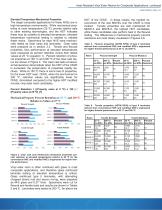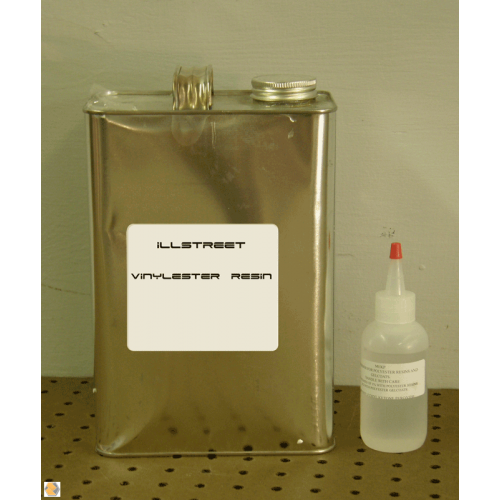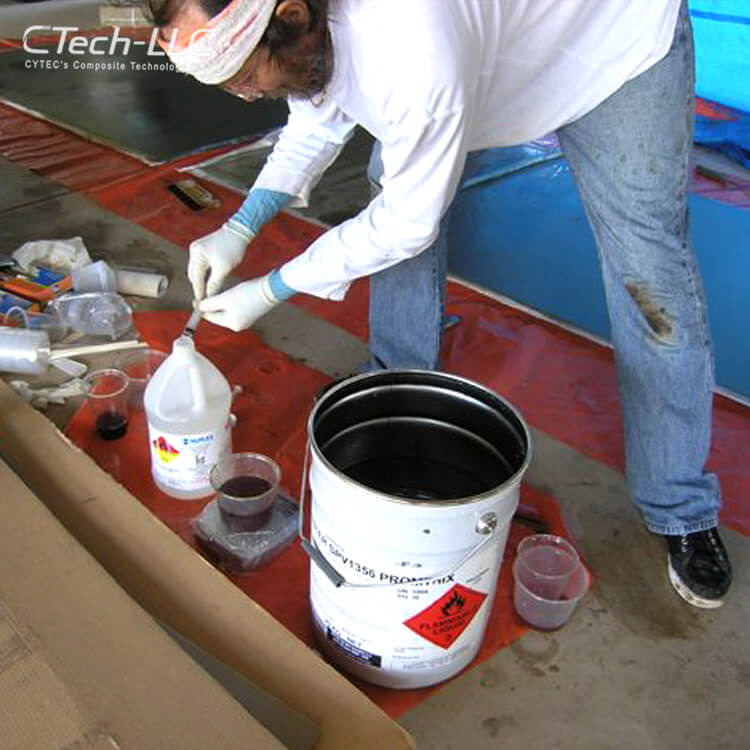Density Of Vinyl Ester Resin

Simply type in the amount in parts per hundred by weight the polymer resin is set to 100 the density in g cm 3 and price in kg or other currency kg of each component of the resin system e g.
Density of vinyl ester resin. Vinyl ester resin is selected due to its well known performance in marine conditions and good chemical resistance to a wide range of chemicals including sour crude up to 100 c. The shrinkage of vinyl ester resins during cure was calculated according to density measurements to be 4 10 depending on styrene content. Vinyl ester resins are relative viscous low molecular weight prepolymers. Both polyester and vinyl ester resins will react and build in molecular weight to a solid waxy resin and be mostly unusable in that waxy state.
Polymer resin filler catalyst accelerator etc and click calculate. It has a measured glass transition temperature t g of 110 c hence allowing the clamp to withstand up to a maximum service temperature of 80 c. Vinyl esters also use peroxides e g. Vinyl esters have enhanced mechanical properties compared to polyesters with physical strength better impact and thermal shock resistance.
Vinyl ester resins combine the best features of polyester and epoxy resins into one solution. Essentially they comprise a base of polyester resin strengthened with epoxy molecules in the backbone of the molecular chain. 2 the mixture is poured sprayed or molded into the final product and then converted into a thermoset by heating. High density cross linked products are suitable for temperatures above 250 o f 121 o c.
Vinyl ester resin or often just vinyl ester is a resin produced by the esterification of an epoxy resin with acrylic or methacrylic acids. The diester product is then dissolved in a reactive solvent such as styrene to approximately 35 45 percent content by weight. To make them more workable they are typically dissolved in a vinyl monomer and occasionally a solvent 1 together with an appropriate organic peroxide. They are typically stronger than polyesters and more resistant than epoxies as they are a hybrid form of polyester resin that has been strengthened by epoxy.
The vinyl groups refer to these ester substituents which are prone to polymerize. Polyester and vinyl ester resins resin pre polymer oligomer 40 to 100 typically 55 65 provides polymer properties including modulus toughness glass transition temperature and durability. It was found that the chain length of vinyl ester oligomers strongly affects the properties of the networks. Reactive diluent or monomer styrene commonly 0 60 typically 35 45 viscosity control lower cost improve wetting behavior.
For vinyl ester resins with longer lengths mn 1000 g mol crosslinked networks have higher. Consequently they are generally cut in styrene monomer for management as a liquid resin. Density kg dm3 1 9 2 0. Vinyl ester resins are produced by the reaction esterification between an epoxy resin and an unsaturated monocarboxylic acid.

















